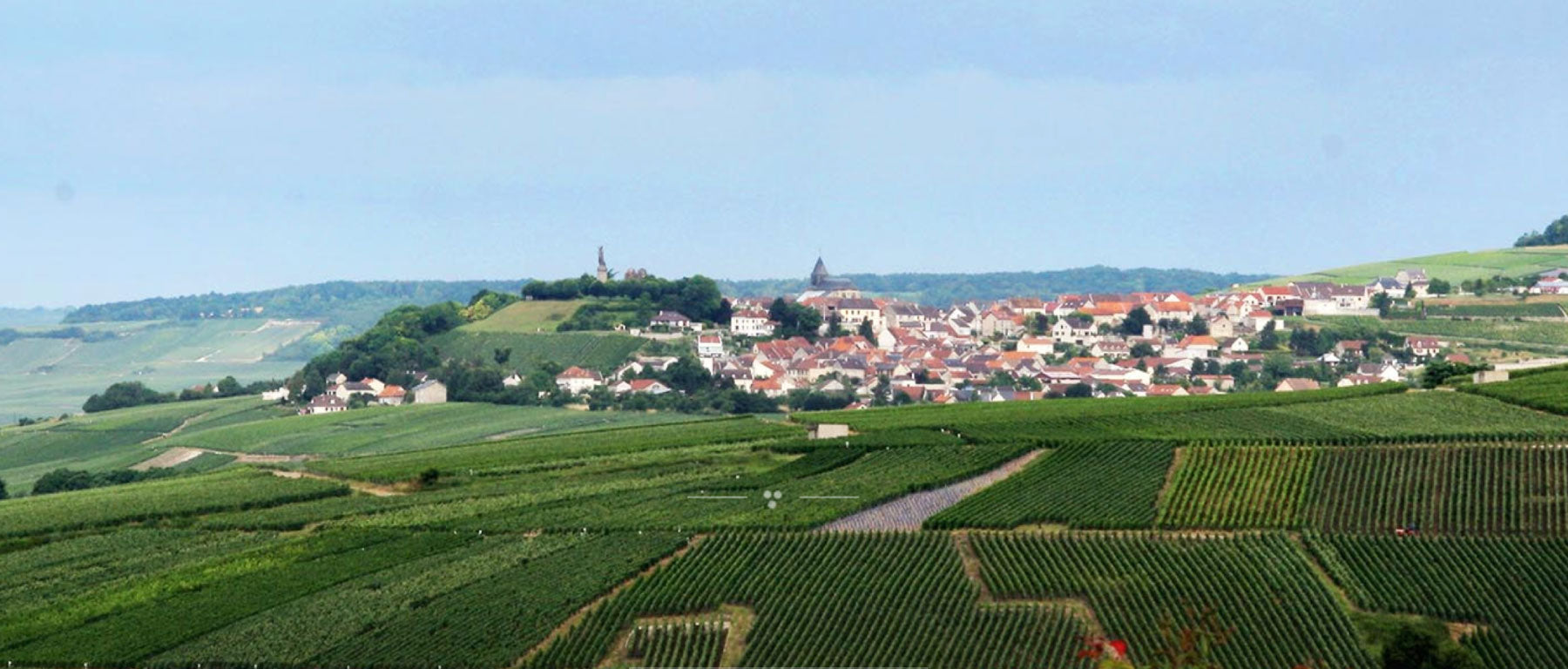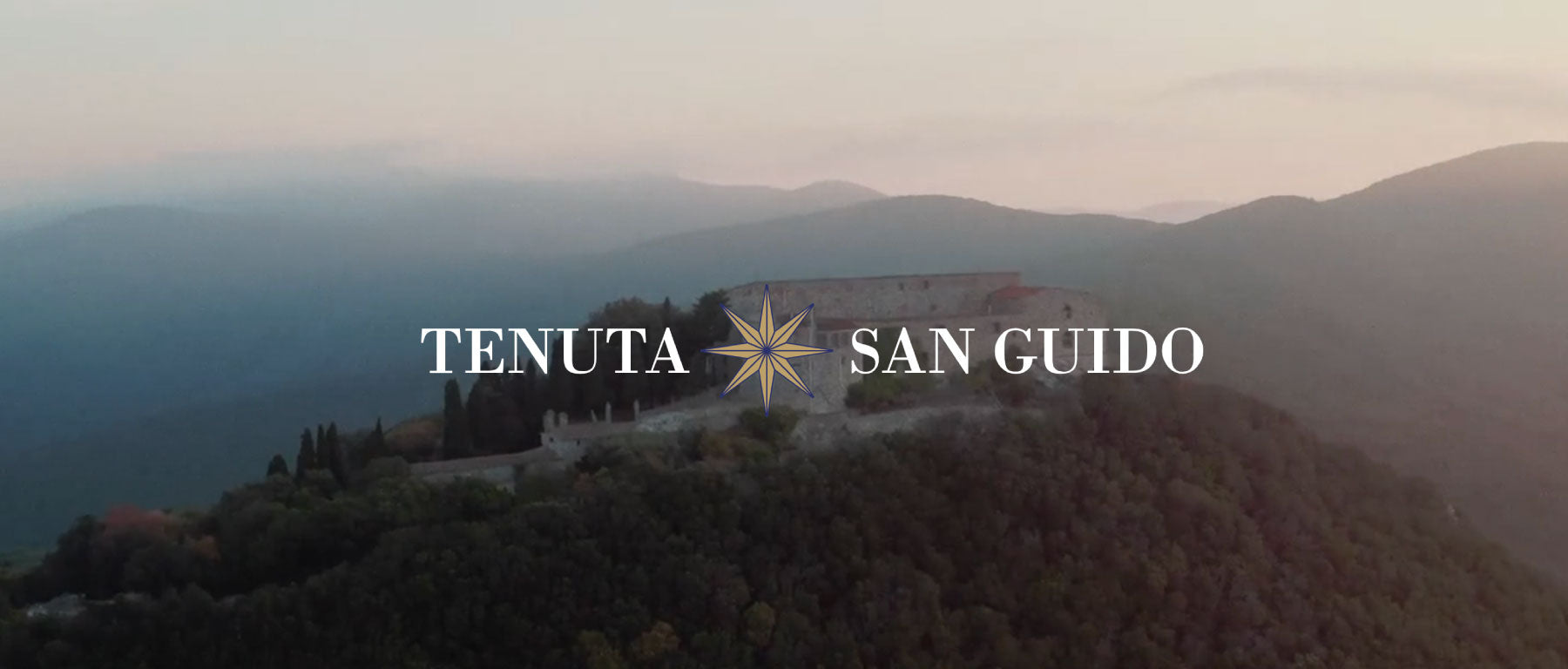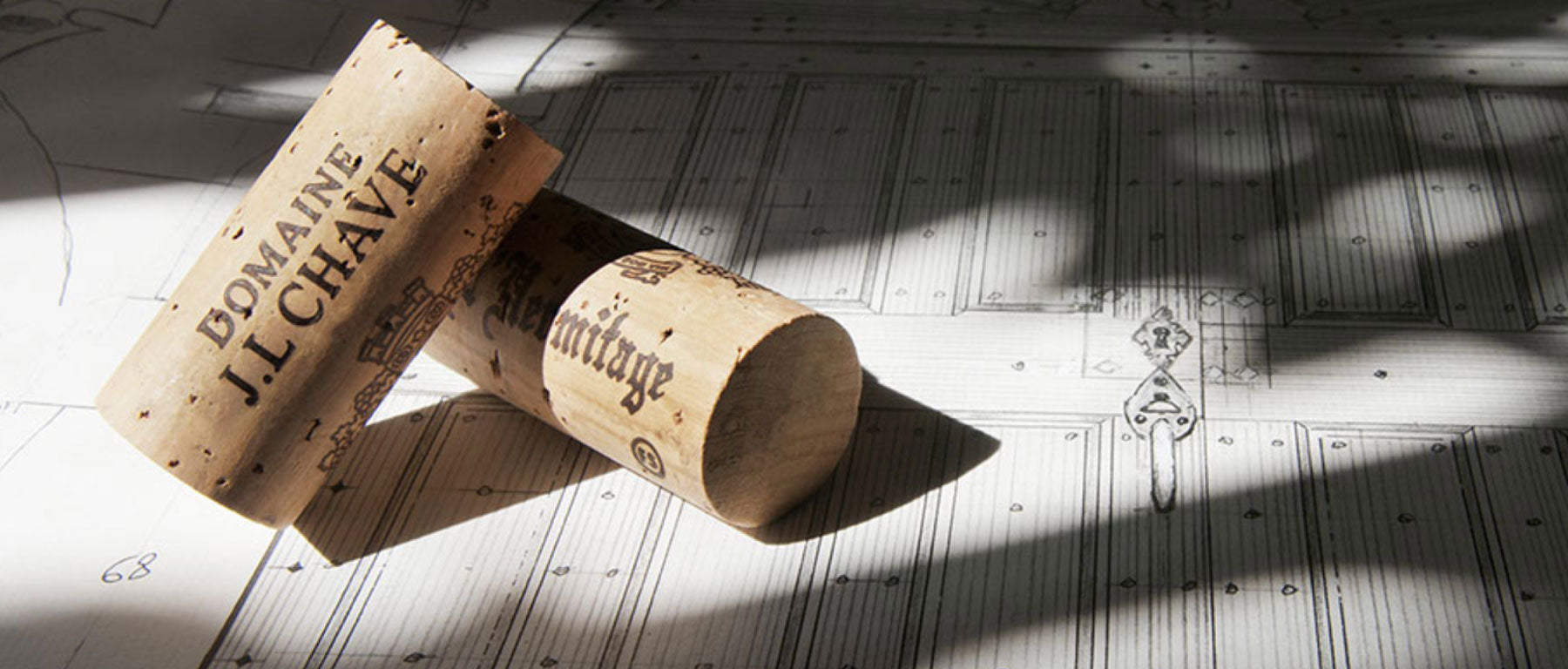
CHAMPAGNE J. CHARPENTIER
OFFER
Champagne J. Charpentier is a sophisticated lineup from a house with a long, fascinating heritage predating both WW I & II. Currently at the helm are a brother and sister who are slaying dragons in their farming techniques, winemaking and entrepreneurial efforts. See their STORY below.
We offered the rosé to our exclusive Champagne Grower Club in 2024 and it sold out. We now plan an earnest effort to bring all of the wines of J. Charpentier to our customer's attention. Already upon us is the next season and as the US importer on record, we're all in but we need to clear last season. This discount will offer anyone an amazing opportunity to try these Champagnes and if you're as gobsmacked as we were, you'll buy them again and again!
20% OFF
Cepage : 80% Pinot Meunier | 20% Pinot Noir
Dosage : 5.7g/l
Crus : Various Marne Valley Villages
Base Vintage : 2019
Reserve Wine : 29% (From 2018)
Disgorged : 09/2023
This is a wine that best describes the J. Charpentier House style. It's made in the same way with the same blend and aging as the Rose, however no still wine is blended in with this one. The color is bright yellow with more effervescence than the rose. It offers that same easy to drink quality as the rose. More mineral and citrus is present with this cuvee vs the red fruits that really shine through in the rose.
Cepage : 80% Pinot Meunier | 20% Pinot Noir
Dosage : 6.8g/l
Crus : Various Marne Valley Villages
Base Vintage : 2019
Reserve Wine : 29% (from 2018)
Disgorged : 08/2023
VINS RARE NOTES: This is a beautiful elegant rosé wine - perfect salmon color with tiny, persistent nervous bubbles. The color comes from blending 10% still wine Pinot Noir/Pinot Meunier from the Domaines oldest vines - 50+ years old. The nose offers a dazzling array of red and black fruits with just a touch of white flower lurking in the background. This is a wine I find immensely pleasurable to drink as the soft elegant mouthfeel is supported nicely with the perfect amount of tension. Couldn’t be more refreshing to enjoy as an aperitif or with along the salad course of a meal. This one usually disappears so quickly that it is always advised to have a second bottle chilled close by.
Cepage : 45% Pinot Meunier | 55% Pinot Noir
Dosage : Zero
Crus : Viillers sous Chatillon, Le Beruil , Reuil, Binson-Orquigny
Base Vintage : 2017
Reserve Wine : 32% (2016)
Disgorged : 07/2023
Vinification : Tank & Barrel
VINS RARE NOTES: This is a wine that sees almost 5 years lees aging. This is the trend we are seeing in Champagne these days, harvesting ripe fruit, giving it time to mature in bottle to pick up complexity and richness and then bottling it with zero sugar (which might hide the wine's true quality). The extended aging gives the wine a roundness and generous mouth feel. Citrus and minerality are present on the finish but what this wine offers is the almond and secondary dimension that only comes with age. This is a serious champagne and an absolute pleasure to drink.
Cepage : 44% Chardonnay | 28% Pinot Noir | 28% Pinot Meurnier
Dosage : 4.4g/l
Crus : Val d’ Or, Le Beruil, Ludes
VINS RARE NOTES: The 2018 Millesime from J. Charpentier is a strikingly refined wine that exudes livelyless and freshness. White flower with hints of vanilla offer an inviting nose. The palate is quite full on entry but the acidity and minerality offer the perfect balance to the wines better than average volume. First Rate!

Villers-sous-Châtillon, Marne, Champagne - Our meeting with J. Charpentier nearly didn’t happen. It was the absolute last appointment of a long tour, packed with Champagne producers. Yes, cue the tiny violins, but every day for three weeks had been packed with tastings and jet lag seemed a permanent state of being. Our margins were thin. We didn’t want to do another tasting, we wanted to go home!
At this point our excitement to meet the Pope was low, but as is often the case with lowered expectations, what eventually happened turned into one of our best meetings. Providence, I guess. Every progressive bottle opened during that meeting widened our eyes with delight and surprise. And to think, we almost missed this!

Sharing the helm of J. Charpentier Champagne are two siblings; incredibly capable, young winemakers, producing remarkable Champagne. We’d initially met Jean-Marc (who had taken the reins in 2003) at a Champagne event and set a follow up meeting with him. When it turned out that it intersected the date of disgorgement for their current vintage, Marie-Pierre,
9-years his junior, took over (she had joined her brother in 2018). To our dismay, she didn't seem so convinced we were worth her time! Hold two fingers as close as possible without touching…that’s how close we were to scraping the whole thing! We went round and around just trying to keep the appointment.
What was clear was that we were dealing with a strong, sophisticated and opinionated woman, and as we learned, there is a reason. TWO of Marie-Pierre’s grandmother’s were “veuves,” (French for widows) who saved the farm after their husbands died in WW2. The matriarchal sinew is evident in every interaction.
Thankfully, we ultimately passed mustard on this second screening and managed to sit down with Marie-Pierre. Part way through, Jean-Marc joined, fresh from disgorging adventures in the caves and the yarn that unraveled is a fascinating history.
Around 1974, their father Jacky Charpentier married their mother, Claudine Claisse. Looking at the arc of their story, this was probably the generational inflection point. Claudine was an heir of an eponym Champagne and Jacky came from a long line of growers. They fit the mold perfectly; growers, farmers, or champagne makers who got married, unified land, and created a new brand. Vines were united and a cellar was built with an impressive 4000kg press. Champagne J. Charpentier was born, with the “J” for Jacky, of course.
Their ancestors Léonidas Charpentier and Henri Claisse had begun in 1874, growing and producing champagne, although it was not enough to get by, so they made red wine, farmed other products or worked in the army on the side. It’s a common existential story; one generation laboring long hours to provide more for the next. But the Champagne region, and its proximity to Germany, experienced another level of existential strife with two world wars. World War I saturated the terroir of the Marne with blood where J. Charpentier’s vineyards are located.

In 1946, when lasting peace was finally established, their grandfather, Marcellin Charpentier took over the estate, the industry began to boom again, and the vines of J Charpentier flourished.
Today, those vines are spread over more than 16 villages and 66 parcels that include many crus, such as Avenay Val d’or, Reuil, Boursault, Verneuil, Festigny… a true richness in terroir. They have 3 varieties planted: 60% of pinot meunier, and the rest in pinot noir and chardonnay.

The estate is classified HVE (Haute Valeur Environmentale / High Environmental Value). Work in the vines is mostly manual, treatments are minimal, herbs grow in between the vine rows (aka a cover-crop), and the soil is aired by plowing. Everything is done to increase microorganic presence which in turn enriches the grapes.
Harvesting is also manual and grapes go to press the same day they are picked, divided by cru, variety and plot. The juices are the purest expression of each of those 3 criteria.
Blending is essential, and the Charpentier family tries up to 70 different juices, combining according to the house philosophy, always fresh, always round. The in-house factor is key, as lots of small vats are available to allow them to blend only when they consider the juices are ready.
Aging 2-10 years is in stainless steel or barrels, always oak barrels for reserve wines which represents about 25% for all non-vintages. The estate has its own disgorgement machines, which has a direct impact on the dosage process as they can control it from beginning to end, adapting the sugar along the way. As Marie-Pierre says, “good dosage is not a number, it’s the balance you want for the champagne”.
Vins Rare and J. Charpentier started working out an importation agreement on that fortuitous last day traveling through Champagne. Today, we could not be more proud or excited to introduce you to this incredibly special producer. We hope you look forward to learning and tasting more of their Champagnes.


